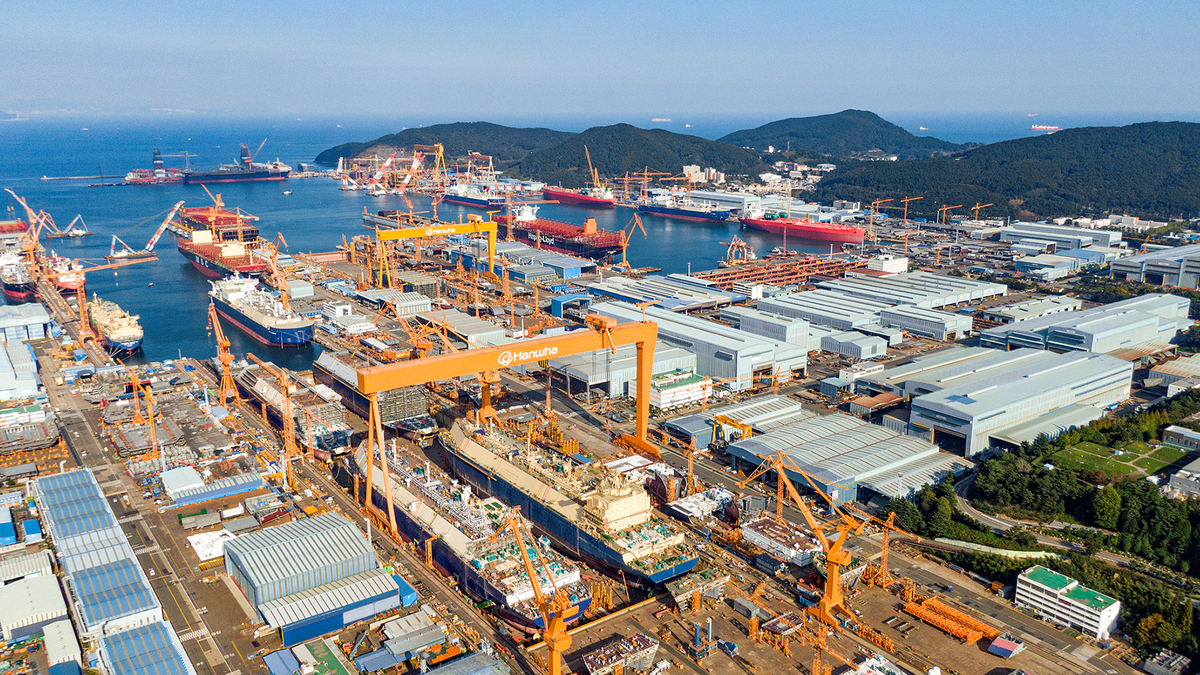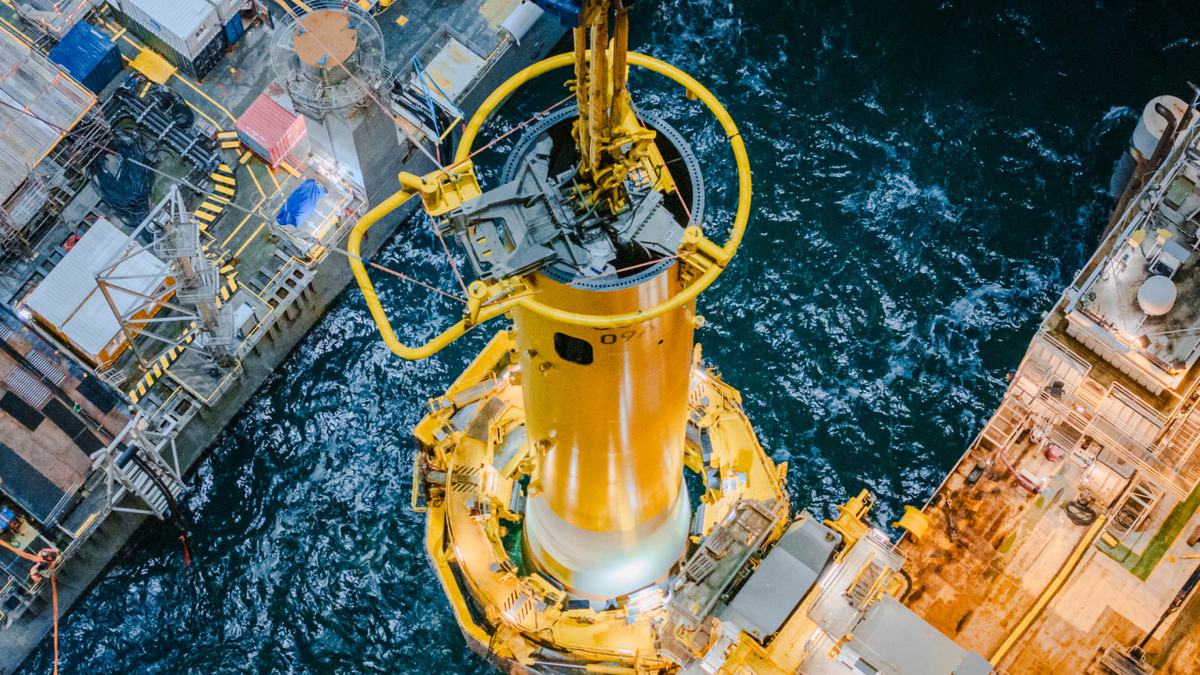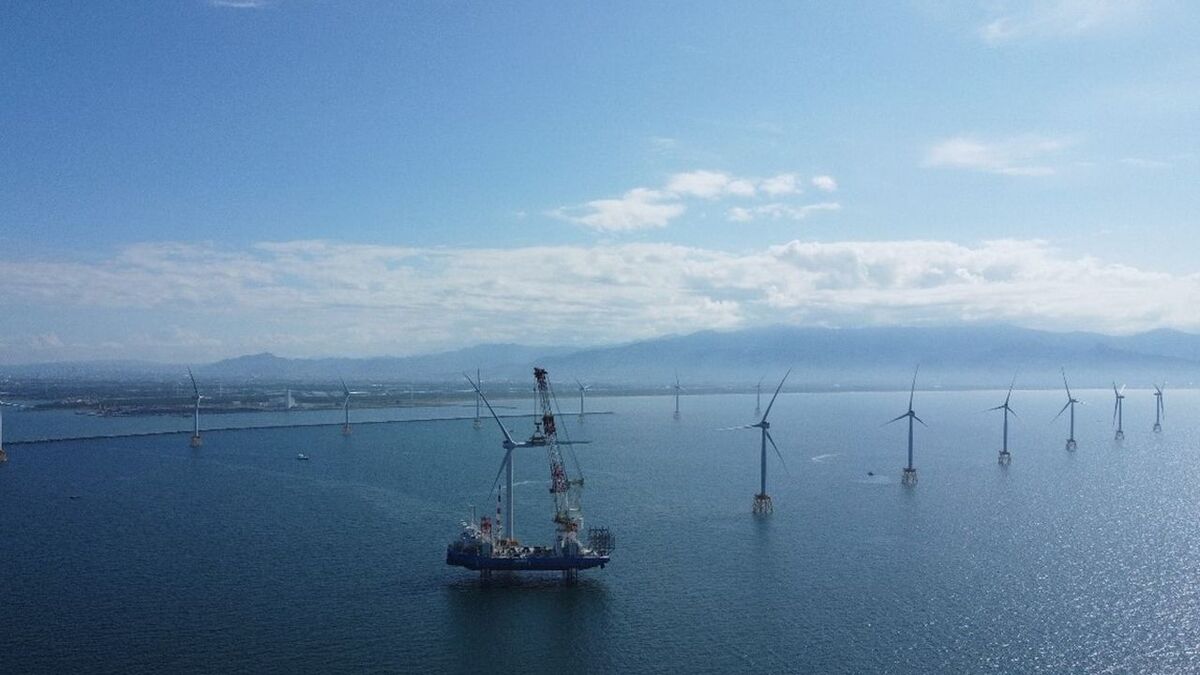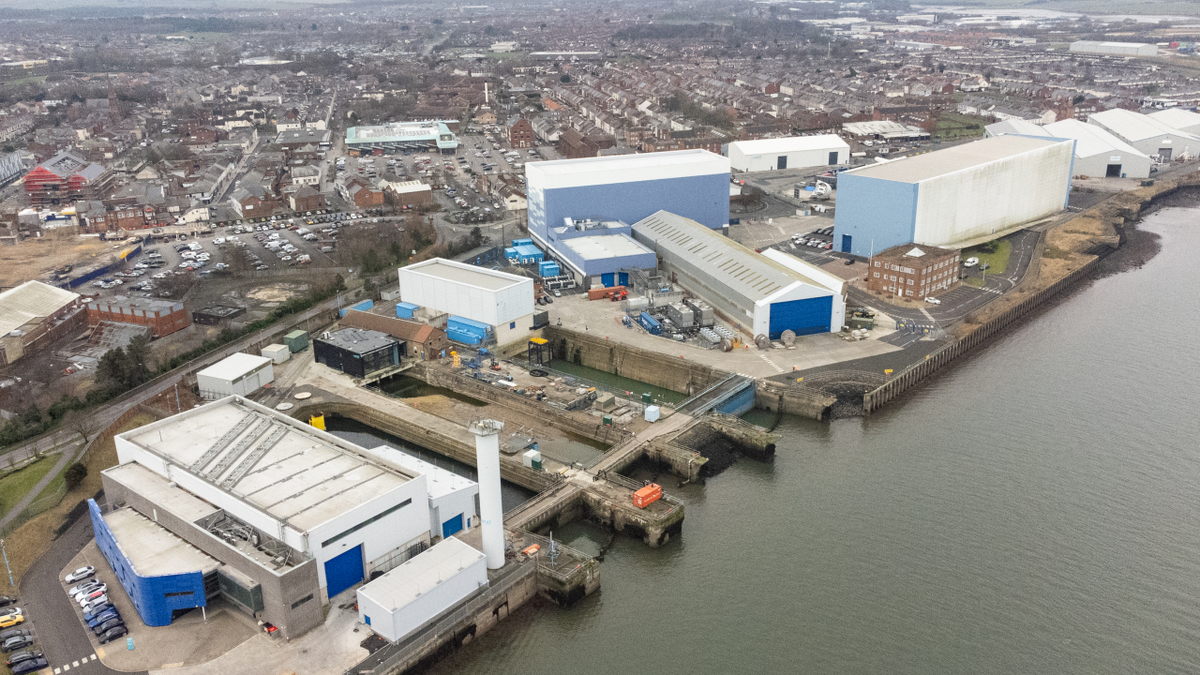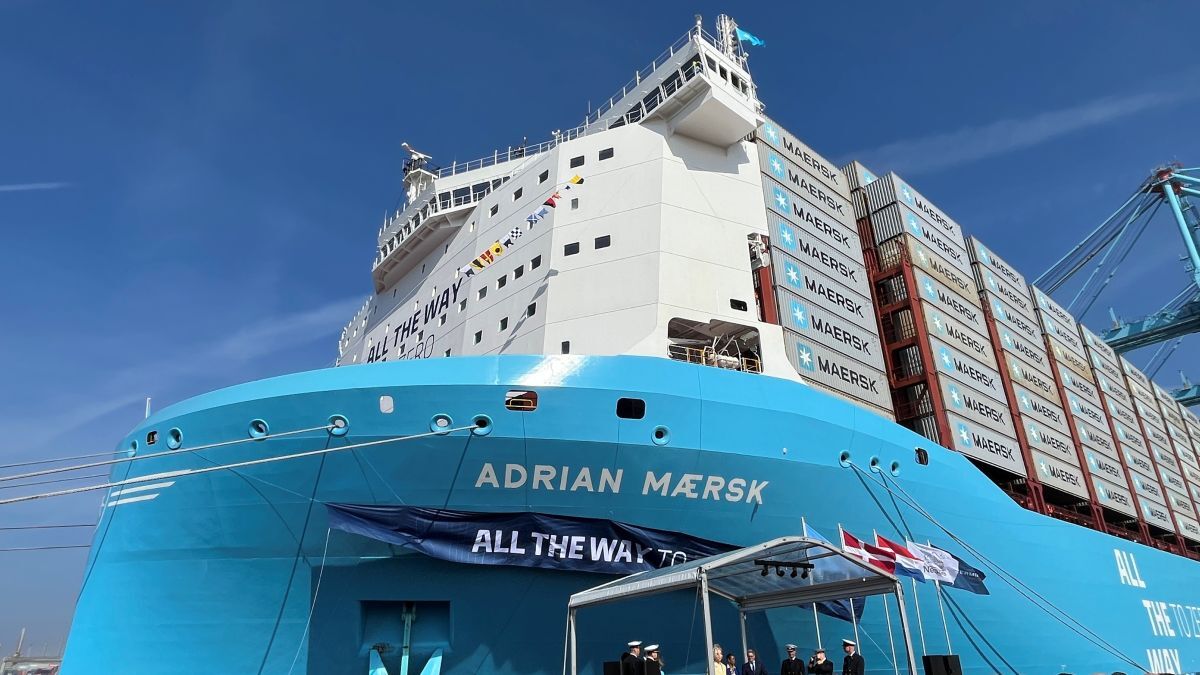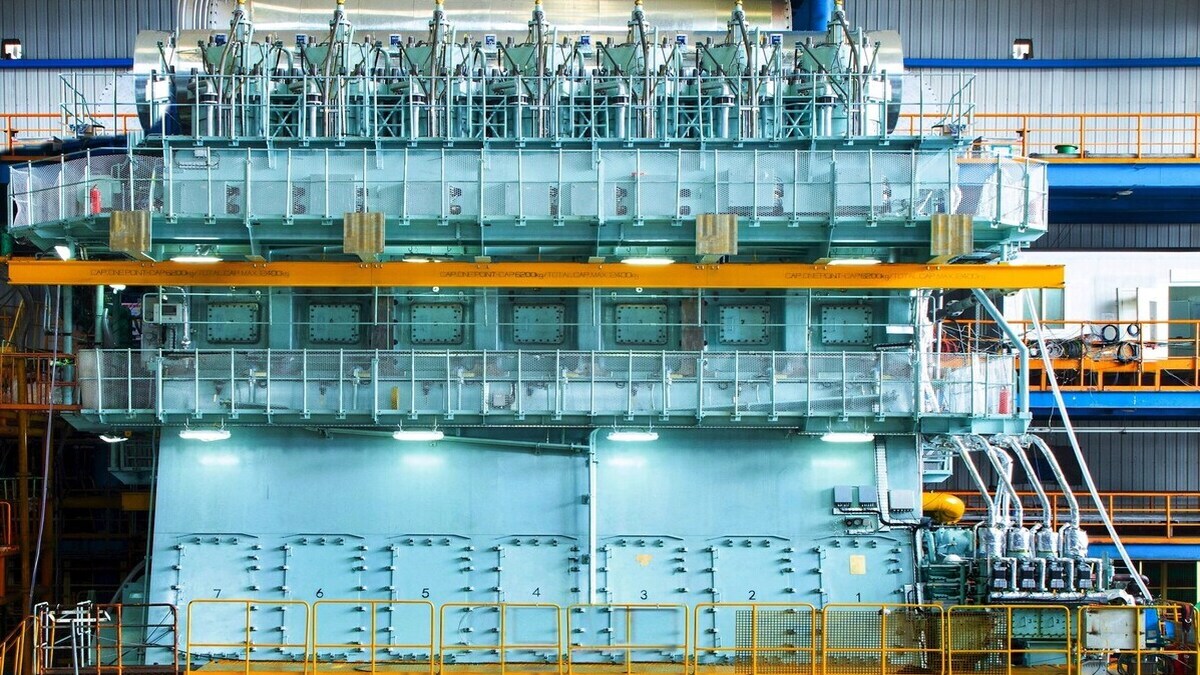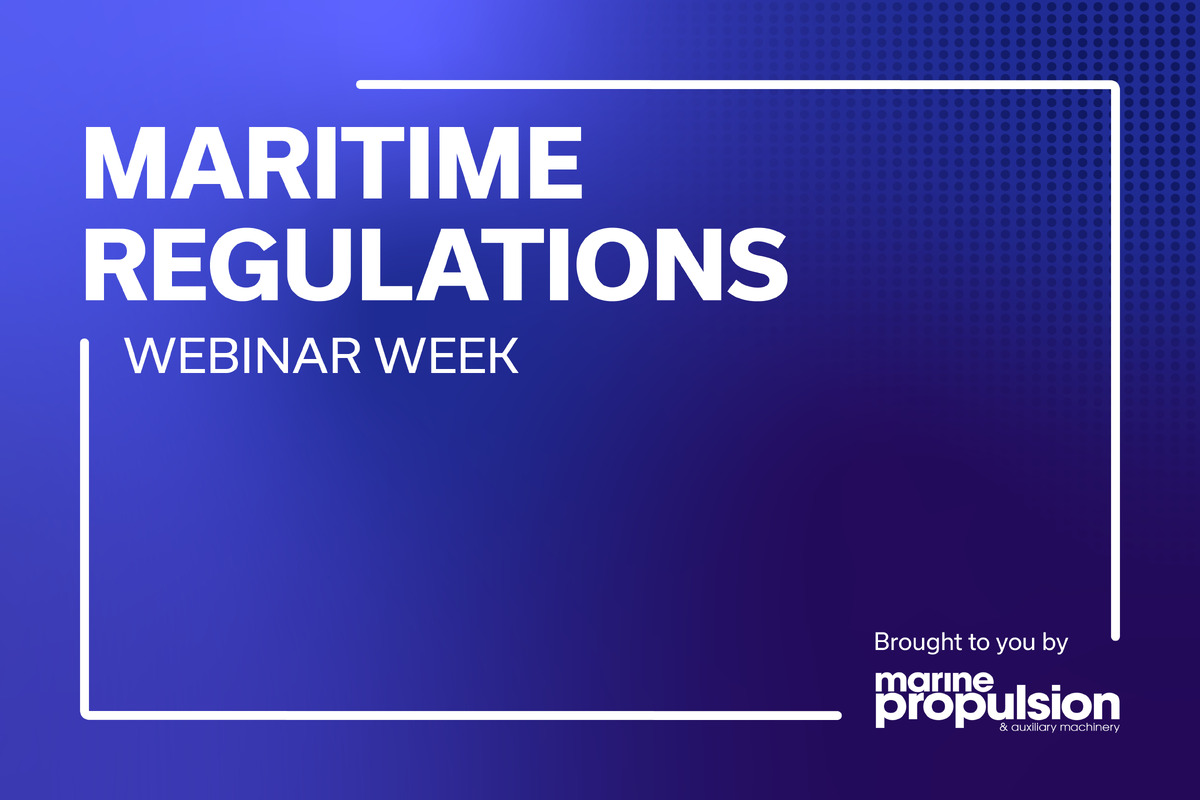Business Sectors
Contents
Register to read more articles.
Suezmaxes lead tanker newbuilding activity as 2025 numbers fall below 10-year average
Tanker newbuilding activity has slowed considerably in 2025, with Suezmaxes accounting for the bulk of new orders in an otherwise subdued market
Analysts attribute the decline to a “rational pause” following a surge in orders over the past two years.
According to BRS Shipbrokers’ latest monthly report, from January to July 2025, owners placed orders for just 88 tankers of 34,000 dwt or more – a sharp drop from 378 vessels in 2024 and 187 in 2023 during the same period. This year’s total is well below the five-year average of 174 vessels and even lower than the 10-year average of 145 ships.
BRS noted that slightly declining newbuilding prices – driven by weak spot charter rates in Q3 2024 – offered some incentive for fresh orders. However, subdued demolition activity has failed to offset fears of fleet oversupply and the downward pressure it could exert on rates.
Adding further complexity are import tariffs introduced under the Trump administration, along with a USTR proposal targeting Chinese-built vessels, which has made some owners hesitant. According to BRS, many are waiting for a clearer picture on demand recovery, stronger freight markets, and more favourable pricing before committing to newbuilds.
“The path ahead will depend less on speculative optimism and more on how operators balance discipline with strategic renewal,” BRS wrote.
Suezmaxes: a clear front-runner
Fleet renewal is driving most of this year’s limited newbuilding activity, particularly in the Suezmax segment, which has an ageing fleet with an average age of 13 years, and around 20% of its vessels trading as part of the grey fleet.
After two strong years, with 49 and 57 Suezmax orders placed in 2023 and 2024 respectively, the segment has seen 40 orders so far in 2025. This makes Suezmaxes the most popular tanker type this year and the only segment to exceed its five-year average for the January–July period.
MR2s and VLCCs maintain interest
The MR2 segment continues to attract attention, accounting for 25% of all new tanker orders (22 out of 88 vessels). However, the total is still well below the five-year average of 71 vessels, inflated by the surge in 2023 and 2024. With the orderbook-to-fleet ratio currently at 16%, oversupply remains a looming concern unless scrapping activity picks up significantly.
The VLCC segment also shows some resilience, with 17 orders placed this year so far. While this is modest compared to with the 80 vessels ordered in 2024, the uptick is being driven by an ageing fleet and the fact that 166 VLCCs – around 18% of the active tonnage – are operating in the grey market. Anticipated growth in tonne-miles and demand for longhaul voyages also supports continued interest in these large ships.
LR2 tankers: fewer orders, but still active
The once-favoured LR2 segment has seen just nine orders in 2025. However, BRS highlights ordering has not ground to a halt, despite a high orderbook-to-fleet ratio of 40%. This is attributed to flexible employment across clean and dirty trades, a positive demand outlook, a high percentage of the current fleet operating as grey tonnage, and a rapidly ageing fleet.
According to BRS, if demand for grey tankers softens, only a small portion of the current grey LR2 fleet is expected to return to mainstream trade routes – underscoring the ongoing need for newer ships.
Sign up for Riviera’s series of technical and operational webinars and conferences:
- Register to attend by visiting our events page.
- Watch recordings from all of our webinars in the webinar library.
Related to this Story
Events
Offshore Support Journal Conference, Middle East 2025
Maritime Regulations Webinar Week
© 2024 Riviera Maritime Media Ltd.


